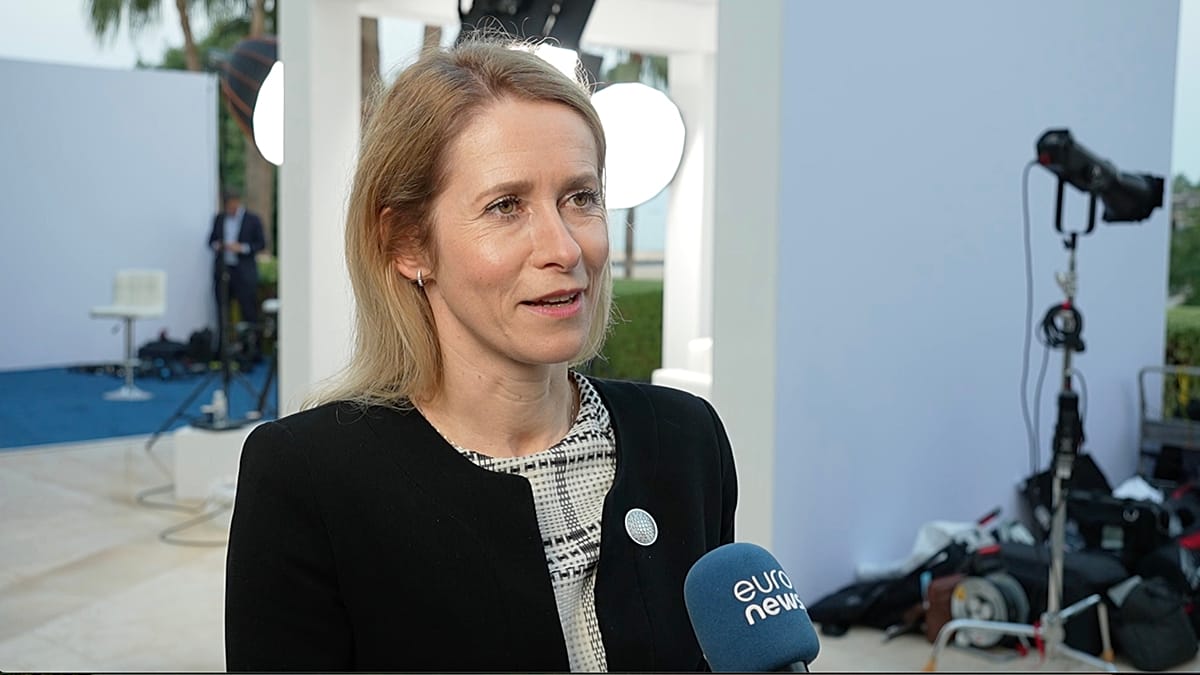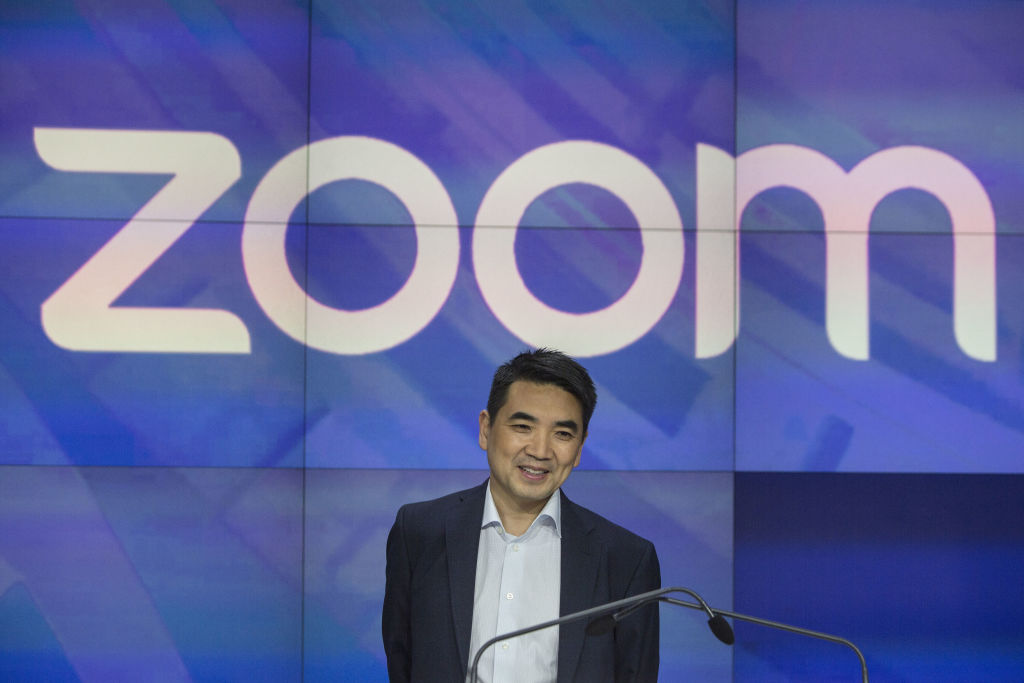A Research Perspective on AI Integration in Android App Development in the U.S.

In 2025, AI is transforming the U.S. mobile economy, with app revenues set to exceed $220 billion and Android commanding 45% of user engagement across consumer and enterprise markets. Simultaneously, AI and ML investments are projected to surpass $110 billion by 2027, as industries like healthcare, fintech, retail, and logistics embrace automation, predictive insights, and personalization.
This evolution is changing how Android apps are conceptualized, developed, and managed, demanding a balance between innovation, speed, privacy, and compliance. To stay competitive, businesses should hire AI developers capable of integrating intelligent features—from smart recommendations to real-time analytics—into mobile products.
With the right AI expertise, organizations can transform complex data into actionable insights, enhance user engagement, and deliver secure, scalable, and high-performing Android solutions that drive measurable business growth.
The Research Framework for AI and Android Integration
Architecture and Inference Design
Product groups first decide where intelligence should run: on device, in the cloud, or both. On-device inference with compact models cuts latency, works offline, and keeps sensitive data local. It also demands careful memory use and tight optimization. Cloud inference supports larger models and fast iteration, yet it adds network delay and a dependency on connectivity.
A practical middle path is hybrid inference. Lightweight models run locally for instant feedback. Heavier reasoning escalates to the cloud when needed. This pattern improves perceived speed, controls cost, and keeps sensitive data flows clear. It also gives teams the flexibility to tune behavior by device class, network state, or risk level.
Federated and Privacy-Preserving Learning
Regulations like HIPAA and CPRA require strict access control and auditability. To align with these rules, many Android teams adopt federated learning and differential privacy. With this approach, model updates happen on the device. Only aggregated signals are shared. The focus of current engineering work is efficiency: compressing communication, scheduling client participation, and respecting battery limits. The aim is personalization without exposing raw data or harming the user experience.
Model Compression and Distillation
To reach mid-range U.S. hardware, developers combine pruning, quantization, and knowledge distillation. In production, these methods often shrink model size significantly while keeping most of the accuracy. The result is smoother performance across a fragmented device landscape. Success requires regular profiling on real devices, realistic benchmarking, and guardrails in CI so regressions do not ship.
Explainability and Ethical AI
Once models affect medical triage, lending, or safety, explainability is essential. Mobile-friendly tools—feature importance, saliency overlays, or simple surrogate models—can show why a result appeared. Teams also document data sources, evaluation steps, and model versions. This record makes decisions reviewable and builds trust with stakeholders and regulators.
Deployment Challenges in the U.S. Context
Device Fragmentation
The U.S. Android ecosystem ranges from premium phones to budget enterprise fleets. Features must degrade gracefully. That can mean using a smaller model, lowering frequency, or switching to a simpler heuristic. The key is to protect the core journey on all devices.
Energy Efficiency and Thermal Control
AI can drain batteries and cause heat. Practical fixes include batching sensor reads, doing work during charge or idle windows, caching embeddings, and scheduling heavy tasks when the device is cool. These steps keep performance steady and reduce user complaints.
Model Updates and Security
Model lifecycle management matters as much as app releases. Secure delivery, integrity checks, staged rollouts, and fast rollback reduce risk. Treat models like code: version them, record provenance, and keep audit logs. This discipline speeds recovery if a model drifts or behaves poorly.
Regulatory Compliance
Rules such as HIPAA, GLBA, and CPRA shape how data moves through the stack. Plan early for consent UX, least-privilege access, data minimization, and retention policies. Clear controls shorten audits and build confidence with customers.
Use Cases Transforming the U.S. Android Landscape
Healthcare apps analyze wearables and vitals and alert users to early risks while keeping data on the device. Retail teams use on-device recommenders to personalize offers with lower latency. Logistics apps forecast demand, optimize routes, and improve ETAs. Fintech apps combine device-side signals with server-side scoring to fight fraud and assess risk. In every case, wins come from pairing measurable outcomes with privacy-aware design and transparent evaluation.
5 Reputed U.S. Tech Companies for AI-Driven Android App Development
1. GeekyAnts
GeekyAnts is a global technology consulting firm specializing in digital transformation, end-to-end app development, digital product design, and custom software solutions. In Android and AI, GeekyAnts helps teams decide what runs on device versus in the cloud, build secure model-update pipelines, and design privacy-preserving analytics. For enterprises modernizing mobile stacks, this balance of hypothesis-led discovery and production discipline speeds time-to-value while protecting performance and trust.
Clutch Rating: 4.9/5 (108+ verified reviews)
Address: 315 Montgomery Street, 9th & 10th Floors, San Francisco, CA 94104, USA,
Phone: +1 845 534 6825, Email: info@geekyants.com, Website: www.geekyants.com/en-us
2. YML
YML is a U.S. product and engineering studio known for mobile-first design systems and data-informed delivery. For Android AI projects, the team emphasizes product analytics, performance profiling, and test-and-learn execution. This approach suits organizations that want discovery workshops, rapid prototypes, and measured paths to production, not big-bang launches. Cross-functional squads help define KPIs, design telemetry-ready features, and stage controlled rollouts so impact is clear and reversible.
Clutch Rating: 4.8/5 (68 reviews)
Address: 255 Shoreline Drive, Redwood City, CA 94065, USA, Phone: +1 415 839 8584
3. Zco Corporation
Zco is a long-standing U.S. custom software firm with Android and cross-platform experience. Its Android AI work spans computer vision, BLE/IoT, and secure client-server orchestration—useful for logistics, field services, and regulated workflows. Clients value steady project governance: clear roadmaps, documented decisions, and test plans that account for network variance and offline modes. The focus is reliable delivery and measurable uplift, especially for mid-market teams that want stability over hype.
Clutch Rating: 4.8/5 (52 reviews)
Address: 20 Trafalgar Square, Suite 500, Nashua, NH 03063, USA, Phone: +1 603 881 9200
4. Dom & Tom
Dom & Tom is a boutique U.S. digital product agency with Android strategy, research, and engineering capability. The studio emphasizes discoverability, accessibility, and maintainable architectures. This is helpful for teams that are modernizing legacy apps while adding AI features like personalization, content intelligence, and assisted authoring. Work often starts with user-journey mapping and measurable hypotheses, then moves to iterative development with strong release management.
Clutch Rating: 4.8/5 (47 reviews)
Address: 2 Wall Street, 4th Floor, New York, NY 10005, USA, Phone: +1 646 741 5049
5. BlueLabel
BlueLabel is a U.S. product consultancy with mobile and AI delivery experience for growth-stage and enterprise clients. The firm’s Android work covers data-informed product strategy, iterative design, and production-grade engineering, with a strong focus on governance after launch. Engagements stress telemetry, A/B testing, and content-safety guardrails so AI features can be tuned or rolled back quickly. The cadence helps teams scale while staying within compliance and performance budgets.
Clutch Rating: 4.7/5 (41 reviews)
Address: 18 West 18th Street, New York, NY 10011, USA, Phone: +1 206 651 4244
Research-Grounded Practices for Android AI
Start with a small hypothesis and a minimal model. Measure latency, accuracy, and energy use across real devices. Use feature flags to tailor exposure by device class and to provide graceful fallbacks. Load models dynamically so updates do not require full app releases. Build privacy by default: minimize data, keep processing on device when possible, and make consent clear. Evaluate continuously. Keep holdout tests, add safety checks for generative features, and run A/B tests before scaling. Treat models like code with versions, checksums, and rollback plans.
Conclusion: From Research to Roadmap
AI on Android is no longer experimental. It is a core capability that shapes product economics and user expectations in the U.S. market. The most resilient teams treat AI as a lifecycle: they invest in data stewardship, smart inference placement, compression and optimization, continuous evaluation, and clear communication with users and stakeholders.
If you are planning your roadmap, start with one focused use case, prototype quickly with clear KPIs, and validate results through controlled rollouts. When you are ready to scale, bring product, engineering, design, data, and compliance together in a single working group. This approach turns research into durable outcomes—faster, safer, and with less risk.
The post A Research Perspective on AI Integration in Android App Development in the U.S. appeared first on Entrepreneurship Life.

















































